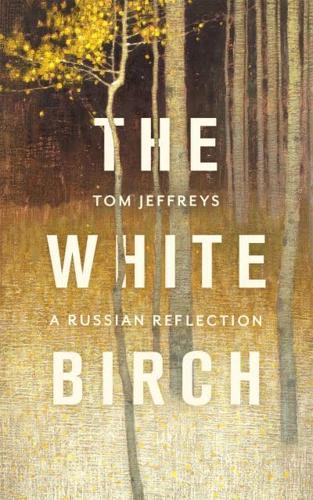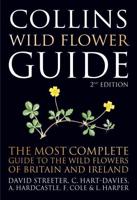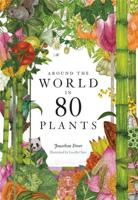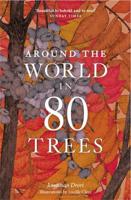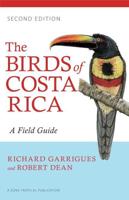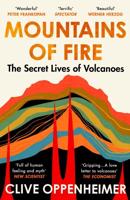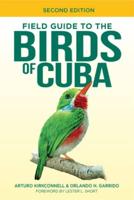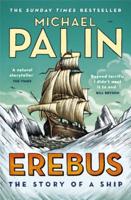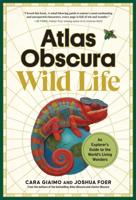Publisher's Synopsis
'It has been hand-planted by Tsarinas and felled by foresters. It has been celebrated by peasants, worshipped by pagans and painted by artists. It has self-seeded across mountains and rivers and train tracks and steppe and right through the ruined modernity of a nuclear fall-out site. And like all symbols, the story of the birch has its share of horrors (white, straight, native, pure: how could it not?). But, maybe in the end, what I'm really in search of is a birch that means nothing: stripped of symbolism, bereft of use-value . . . A birch that is simply a tree in a land that couldn't give a shit.'
The birch, genus Betula, is one of the northern hemisphere's most widespread and easily recognisable trees. A pioneer species, the birch is also Russia's unofficial national emblem, and in The White Birch art critic Tom Jeffreys sets out to grapple with the riddle of Russianness through numerous journeys, encounters, histories and artworks that all share one thing in common: the humble birch tree.
We visit Catherine the Great's garden follies and Tolstoy's favourite chair; walk through the Chernobyl exclusion zone and among overgrown concrete bunkers in Vladivostok; explore the world of online Russian brides and spend a drunken night in Moscow with art-activists Pussy Riot, all the time questioning the role played by Russia's vastly diverse landscapes in forming and imposing national identity. And vice-versa: how has Russia's dramatically shifting self-image informed the way its people think about nature, land and belonging?
Curious, resonant and idiosyncratic, The White Birch is a unique collection of journeys into Russia and among Russian people.
